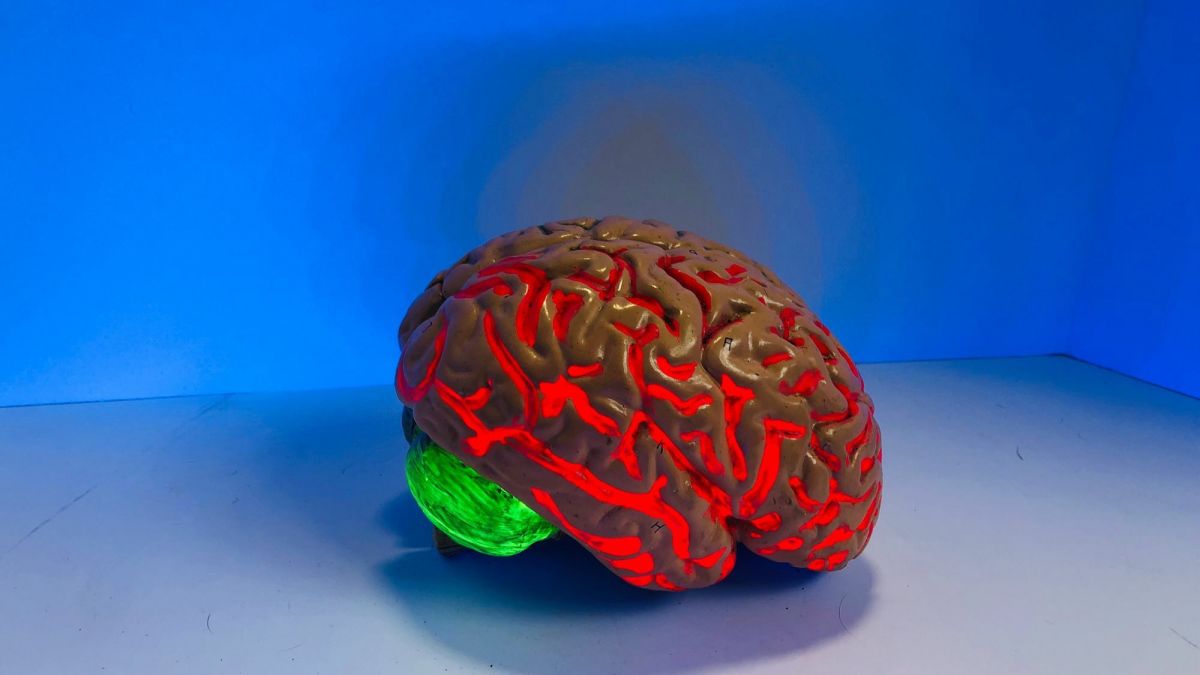Abnormal Psychology Explained
Abnormal Psychology
Abnormal Psychology
The field of psychology that deals with abnormal behavior is known as abnormal psychology or psychopathology. This paper will define abnormal psychology and explain the origination of the field. The evolution of abnormal psychology as a field will be provided. The psychosocial, biological/medical and sociocultural models as connected to the development of abnormal psychology will be analyzed.
Origins
Abnormal psychology is approximately 100 years old and continues evolving; the field is concerned with defining, classifying, explaining and treating abnormal behavior. The core concepts form the field of abnormal psychology. The core concepts are complied of six concepts to include:
“The importance of context in defining and understanding abnormality
The continuum between normal and abnormal behavior
Cultural and historical relativism in defining and classifying abnormality
The advantages and limitations of diagnosis
The principle of multiple causality
The connection between mind and body” (Hansell & Damour, 2005, p. 9).
Abnormal psychology began as long ago as Hippocrates’ time. He believed four basic fluids moved through the body and determined the mood. Excessive amounts of the fluid determined the illness in the case of blood moodiness results; black bile results in depression; phlegm excess causes laziness; and yellow bile results in nervousness and aggressive behavior. Treatment of the excessive amounts of fluid, according to Hippocrates was to balance the levels through diet and behavior alterations. Hysteria was another ancient problem. The Greeks first took notice of hysteria and it went on to take a role on psychoanalysis. Hysteria is now referred to as a conversion disorder (Hansell & Damour, 2005).
Evolution
At one point when individuals were thought to have abnormalities they were put through and exorcism to remove the evil spirits from the soul. The practice took place in Jesus’ time and was usually accompanied by prayers. The first writings of abnormal psychology or mental illness observations were compiled by Hippocrates. Bleeding of the mentally disturbed began in the second century by C.E. Galen. Throughout the medieval times mental illness was treated religiously, through prayer and sprinklings of water. The illnesses were thought to have come from supernatural forces. The fifteenth to seventeenth century, known as the Renaissance period, brought witch hunts for the mentally ill. In 1563, the first practitioner interested in mentally ill patients, Johann Weyer stated the “witches” were not witches but mentally unstable people and could not be held responsible for their actions. In the eighteenth century asylums become popular as a place to contain the mentally ill. In the latter part of the eighteenth century, Jean-Baptiste Pussin, began an asylum reform. In America the person responsible for reform was Benjamin Rush. He wrote the first treatise for American reform. Dorthea Dix played a role in the reform and traveled throughout Europe to discover how to treat America’s mentally unstable. In the 1940s and 1950s a new way to deal with mental patients came to the forefront. The prefrontal lobotomy destroying brain tissue became a new solution to the mental health problem. Deinstutionalization began in the 1950s resulting in hundreds of thousands of mentally ill patients’ release into society accompanied by a bottle of pills. Beginning in the 1960s the focus became assisting the mentally ill in living productive lives without upsetting society. Through this movement community psychology grew (Alloy, 2004).
Theoretical Model Relationship
The three theoretical models psychosocial, biological/medical, and sociocultural are applied in the recognition and treatment of behavior known as abnormal. Psychosocial models are concerned with how the individual and the environment interact. The psychosocial area studies road rage, stress and the cause for self harm types of behavior. Biological and medical model concentrates on the impact of hormones, neurotransmitters and neurological damage in relation to functioning. Attention Deficit Disorders, depression and Alzheimer’s disease are the areas of abnormal behavior. The final model, sociocultural, concentrates on impacts of the environment on living. Conclusions are arrived at concerning decisions people make over indulging in alcohol, food and nicotine (Hansell & Damour, 2005).
Conclusion
Abnormal psychology began over 100 years ago and can be traced to Biblical times. The mentally ill went through isolation, freedom and eventually treatment coupled with freedom to encounter life outside the walls of an institution. Medication and therapy makes it possible for the mentally ill to survive and live as those without mental illness do. The three theoretical models’ application aids in recognition and treatment to afford the mentally ill opportunities not available in the beginnings of abnormal psychology.
References
Alloy, L. (2004). Abnormal psychology: current perspectives (9th ed.). : McGraw-Hill.
Hansell, J., & Damour, L. (2005). Abnormal psychology ( ed.). Hoboken, NJ: Wiley.








